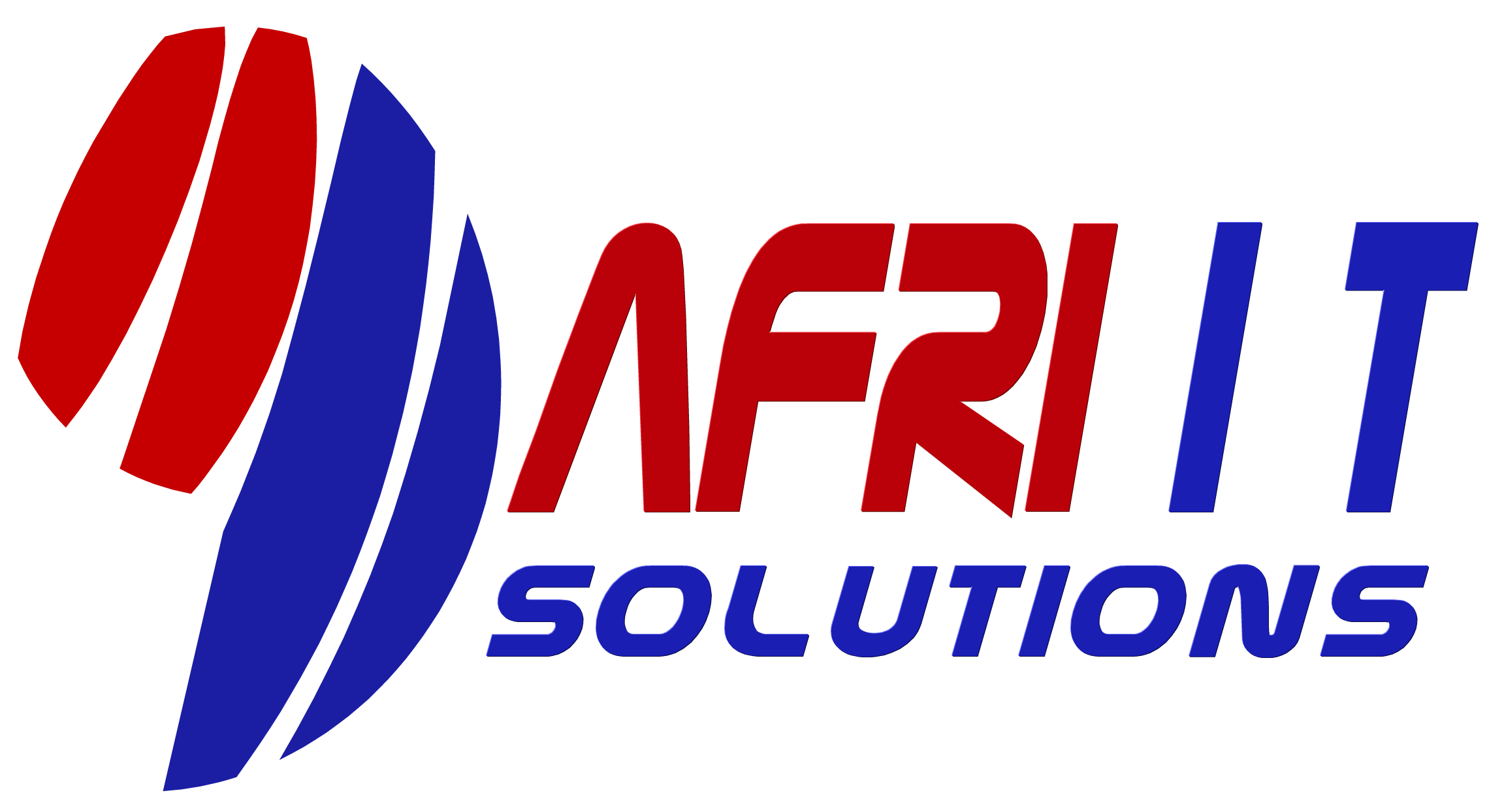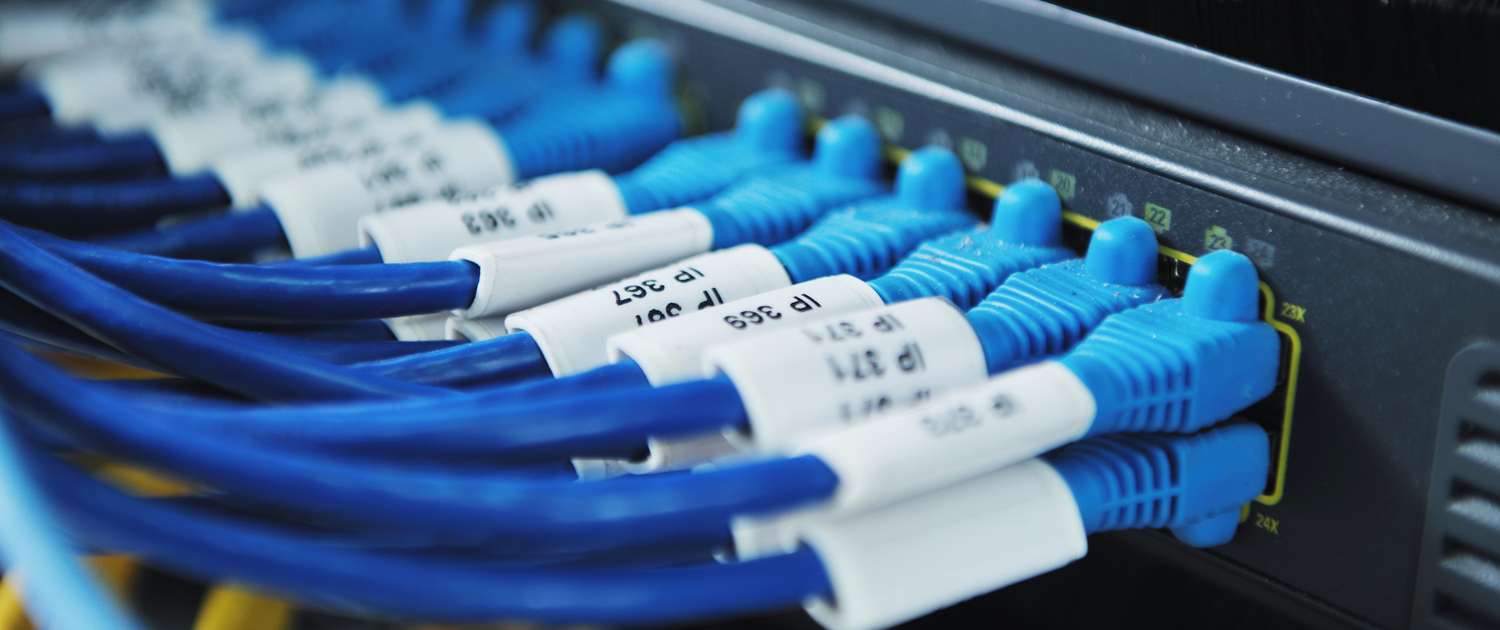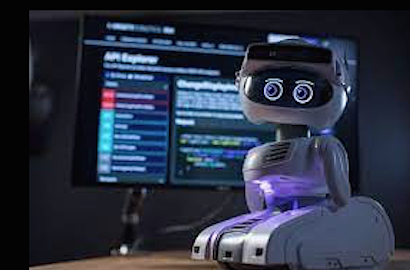For the vast majority of technological history, people have focused on how to create devices that communicate with humans or use them to communicate with others. How can we make a computer run a program, how do we change the channel on our TV, how can we set an air conditioner to our preferred temperature? We send emails, texts, use social media to connect with and even purchase things from one another.
The concept of the Internet of Things (IoT) is nothing new. It’s about limiting human involvement in a communicative network through the use of the internet. Instead of human beings talking through devices, a network of devices talk to each other. In simple terms; IoT is a network of things capable of communicating with other things.
So what happens when we integrate IoT with robots? Is there a way in which we can create truly autonomous networks capable of carrying out complex tasks in the physical world? According to Yaskawa, there is. “The Internet of Robotic things (IoRT) is the linking of intelligent smart devices to our robotic applications and robot systems,” defines Rudi Von Fintel, Durban Branch Manager at Yaskawa Southern Africa.
IoRT is a growing phenomenon already widely used in different industries around the globe, with new implementations and ideas continuously in development. “Where I’ve seen IoRT gain the most traction in South Africa is in our motor industry, an industry that is high on safety standards. Overseas, with the rise of the pandemic there have been a lot of new applications in the medical industry, for example, I’ve seen applications with robots being used so that people don’t have to be exposed to dangerous situations.”
Although it seems like only the surface of what is possible with IoRT has been scratched, it is the current potential of streamlining daily operation that is exciting manufacturers around the world.
“Our customers are large manufacturers that are spread out wide, so there is big importance when it comes to production control. We have applications where we can link to the internet and remotely dial into those robots, for use in fault-finding using sensors and software that can predict when a piece of equipment is about to fail or start giving trouble, and also to assist customers in keeping production up and running,” says Von Fintel.
“A more advanced application example is in the use of IoRT for traceability. If a customer is welding components and needs to track that through the production line and then eventually onto a vehicle that goes out onto the road, there is an integration of hardware and software that’s used to store information for easy access.”
With the implementation of IoRT in manufacturing processes, opportunities arise for employees to take new jobs paired with relevant skills-development. Von Fintel elaborates on this idea, “For example, let’s take a robot that has a camera on the end of it that is capable of doing visual inspection of parts, where previously that may not have been possible in a specific environment. This capability has now created a work opportunity. A new space for specialists has been made possible, one that assists is diagnosing issues which leads to additional traceability, safety and security for the customer.”
“When robots takeover manual tasks from an operator, there is still a need for a person to maintain the robot and make sure that everything is in place to continue an efficient process, shifting the type of work needed from a specific role and opening opportunities for new positions. Yasakawa aims to assist in bringing about these new levels of employment by providing thorough training on new equipment.”
Although it was only a matter of time before IoT expanded from smart devices to robotics, the trend of IoRT in refining many physical demanding and repetitive jobs, is a step forward for employee opportunities and a major benefit to efficiency, safety and quality. Businesses that decide on an early adoption of IoRT solutions stand to set themselves apart from their competitor’s operations as new and innovative applications continue to emerge.


